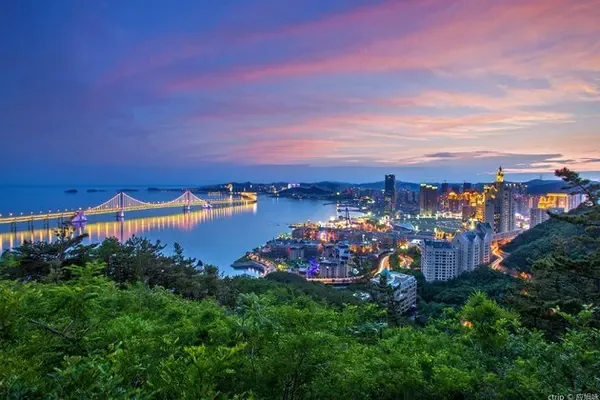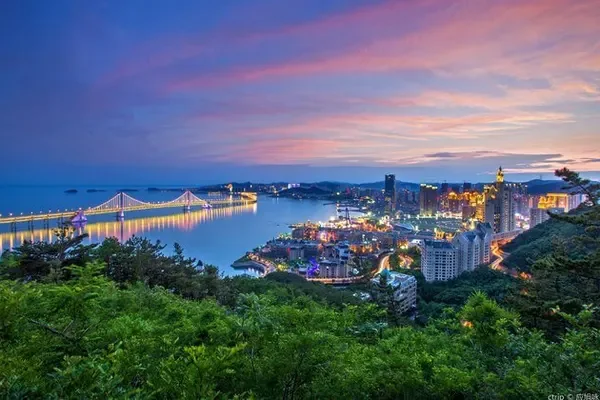introduce
West Thousand Buddha Caves is an integral part of Dunhuang Buddhist art system. There are 16 caves from the Northern Wei Dynasty to the Song Dynasty. Among them, caves 1 to 3 belong to the caves of the Tang Dynasty, caves 4 to 8 belong to the caves of the Wei Dynasty, and caves 16 belong to the caves of the late Tang Dynasty. These 9 caves are well preserved, and the other caves are difficult to identify because of the blurred weathering. Its cave shape and mural art style are the same as those of Mogao Grottoes at the same time, and its creation time is at least the same period as Mogao Grottoes.
Among the 9 well-preserved grottoes, most of them have a central seat in the center, with niches carved around the seat, and Buddha statues inside. The walls are mostly painted with thousands of Buddhas, Buddha sitting down and preaching, and Buddha Nirvana. Under the Buddha statues on the center seat and the four walls, the statues of King Kong and Hercules are painted. The story painted on the west section of the south wall of a grotto in the Northern Wei Dynasty (Laizi Jing) and the story painted on the east section (Laodu Chadou Shengbian) are the stories of Buddha Jataka that did not exist in the caves of the Northern Wei Dynasty in the Mogao Grottoes. They can fill the gap and have unique value. The walls and algae wells of the remaining caves and niches are rarely painted with stories of Buddha's life.

opening hours
April 1-November 30 08:30-17:30 (last admission 17:00); December 1-March 31 next year 09:00-17:00 (last admission 16:00) :30); the specific business status is subject to the opening of the day

